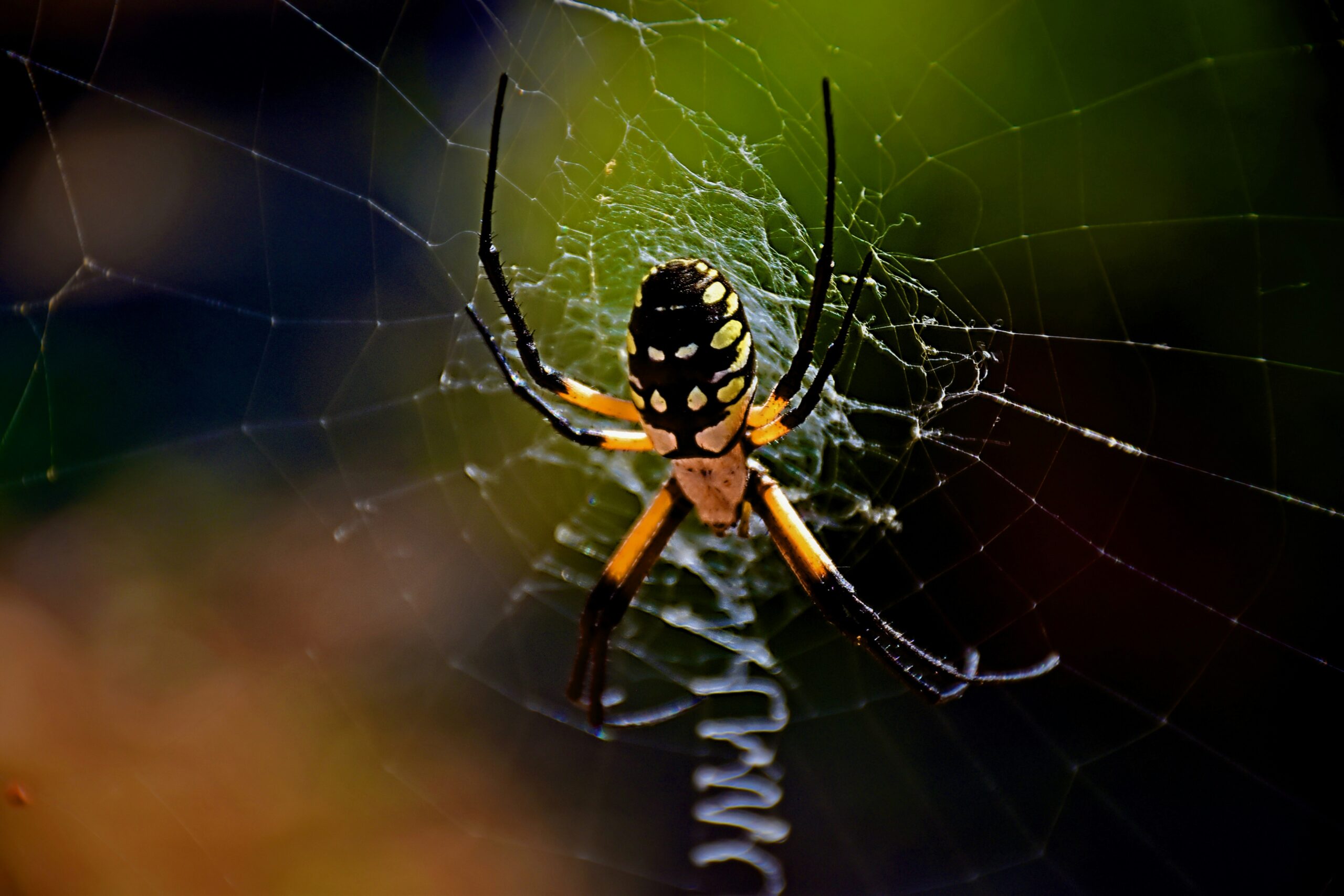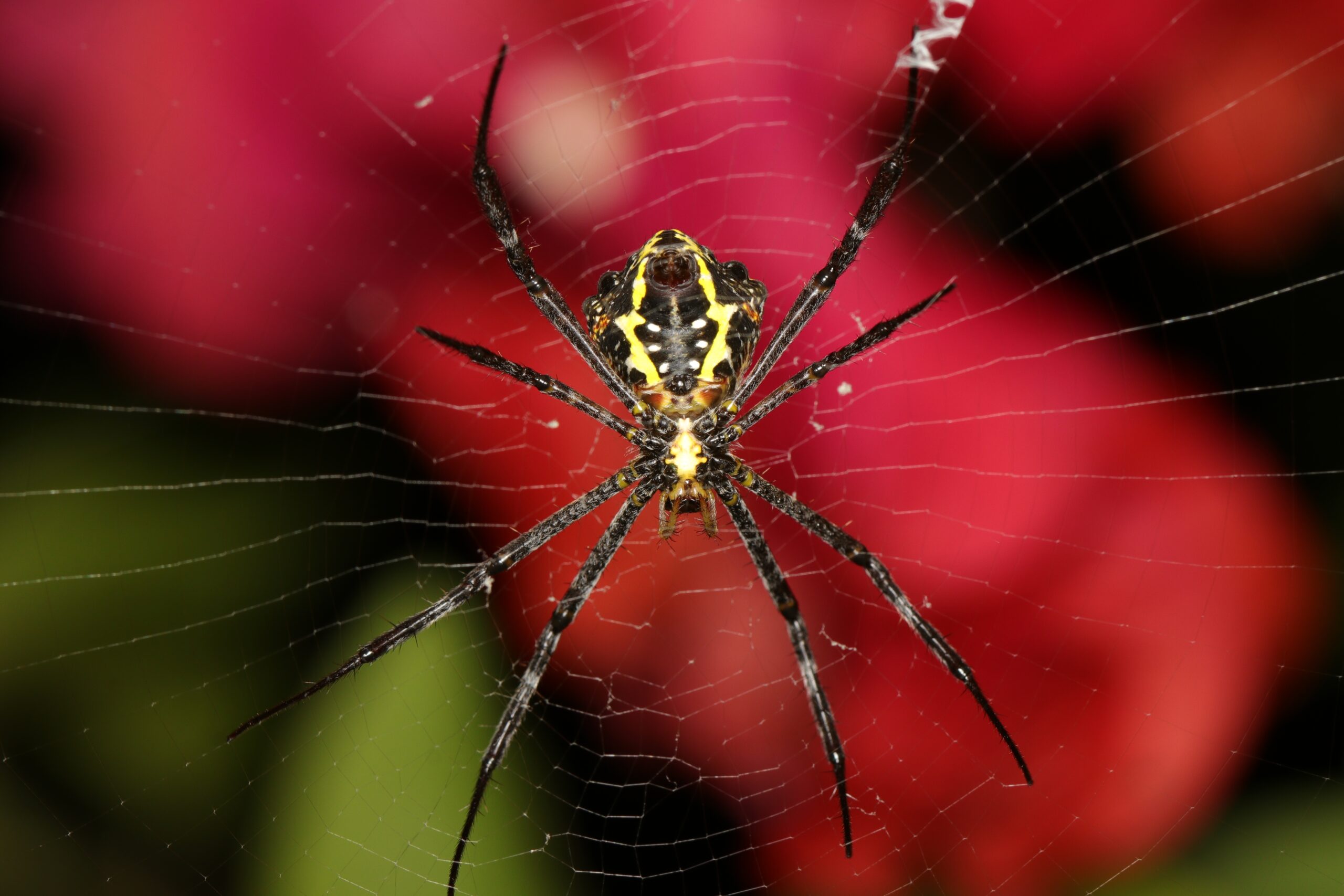Garden Spider
Your Spider problems, Gone For Good, Guaranteed.
Talk to an Expert
We’ll be in touch to personalize your pest protection plan:

DESCRIPTION:
___
As their name suggests, they are found outdoors and in gardens. Garden spiders are not aggressive and are more likely to retreat from than attack humans. However, in cases of extreme provocation, garden spiders may bite. Their bites are harmless to humans. They measure approximately one inch in length or larger and are often marked vividly in black and yellow.
BIOLOGY:
___
The garden spider also uses its extraordinary sense of touch for mating, as males tap upon the webs of females to express their intent. Because males spend the mating season obsessively seeking partners, they typically die of exhaustion and malnutrition following fertilization.
In the fall, garden spiders lay their eggs in silken sacs that contain between 50 and several hundred eggs. The garden spider’s egg sac is relatively spherical. Covered in brown-colored silk, they are strong enough to withstand winds and attacks from most predators.
Young spiderlings overwinter within their eggs. In spring, they hatch and disperse. Female garden spiders die soon after laying their eggs and are not able to protect or assist their spiderlings.

HABITS:
___
Garden spiders are known as orb weavers due to their orb-shaped, delicate webs. Even garden spiderlings are capable of spinning these intricate structures without the assistance of mature spiders. The webs of garden spiders are notoriously strong, and may reach more than 12 inches in diameter. The garden spider uses its web to capture food. Although their eyesight is poor, garden spiders are extremely sensitive to vibrations along the strands of their webs. Positioning themselves at the center of their web, garden spiders hang upside down, jump on prey and paralyze it with injected venom.
